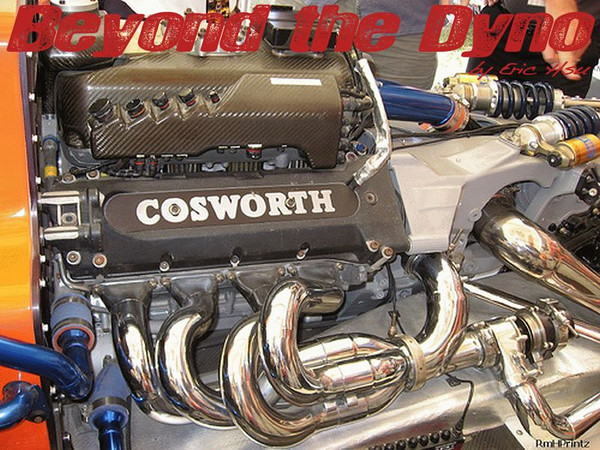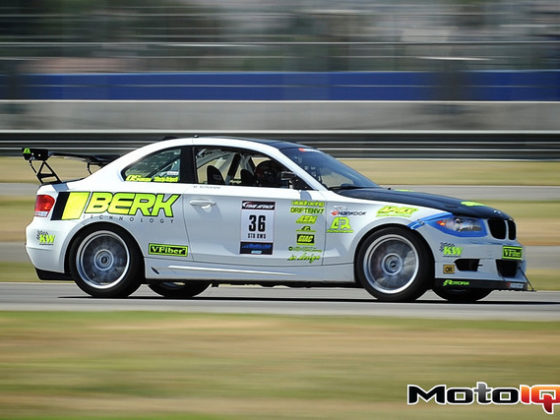I'm not even going to front and say I had anything to do with the XFE, but I have inherited the job of helping Ian run these engines on occasion since Larry is now running the dynos over at TRD. All I really do is stare at the laptop connected to the Cosworth/Pectel SQ6M ECU to make sure everything is running the way it should during break in and the power test. Then I ensure everything went as it should have in the datalogs. Then we flush the Methanol out of the engine, load in a pickle map, and then run 91 octane through the engine for a couple minutes. Methanol must be flushed out of an engine before storage because it is highly corrosive.
Working with one of these engines takes a little getting used to at first since I come from a production engine background. The first thing you'll notice is all the carbon fiber and $100+ a piece mil-spec Autosport connectors all over the place (there are two connectors per connection). Then the $1000 a piece transducers everywhere. Then the mil-spec sealed wiring harnesses everywhere. Then the 7 axis CNC machining details. Well you get the picture. Big bucks were spent on CART engines back in the day when Cosworth competed against Honda, Mercedes, Toyota, etc. engines and with all the money in CART back in the day (remember life before NASCAR was everything?), the XFs used all the top notch bits that [Ford] money could buy. I remember I used to stare at an XFE's details in awe and wonder how long it took an engineer to design the ultra complex wiring harnesses and how long a technician took to build it. Then if you take it a step further and think about how the British Pound was 1:2 to the US$, then you really wonder how much an engine harness used to cost. I do remember the replacement cost for an engine was somewhere along the lines of $220,000 if a team demolished an engine in a crash. Talk about having a bad day…
The power test lasts for approximately 1:41 seconds at full throttle and boost. How's that for full power loading compared to your chassis dyno run of 12 seconds (with half of that ramping into the power band)?
The sound completely blows in this video (I took it with my Motorola Droid), but it does sound pretty awesome in real life. Then again what kind of turbo V8 wouldn't sound awesome? Especially one that revs to 12,500 rpm. The engine idling at 5000 rpm on the dyno is somewhat surreal. A mass produced production engine at 5000 rpm sounds like all hell is breaking loose on the dyno. The XFE at 5000 rpm sounds and feels smoother than a production engine at 1000 rpm. I am not joking. Anyhow, the engine is idling at 5000 rpm here and the power test goes from 5000 to 12,000 rpm in steps. Since the engine was a spec series engine, the XFE was detuned from 950bhp down to 750bhp by lowering the peak rpm from 16,500 down to 12,500. The boost was also lowered from I have no freakin idea to the current 7.5psig. The engine went from only having to last 500 miles in the competitive days to 1500 miles in the spec days.
Will another series come along that the XFE can be used in? I'm not sure, but it would be totally cool if there was. Or perhaps an XF will pop up in Time Attack??? Never say never…



